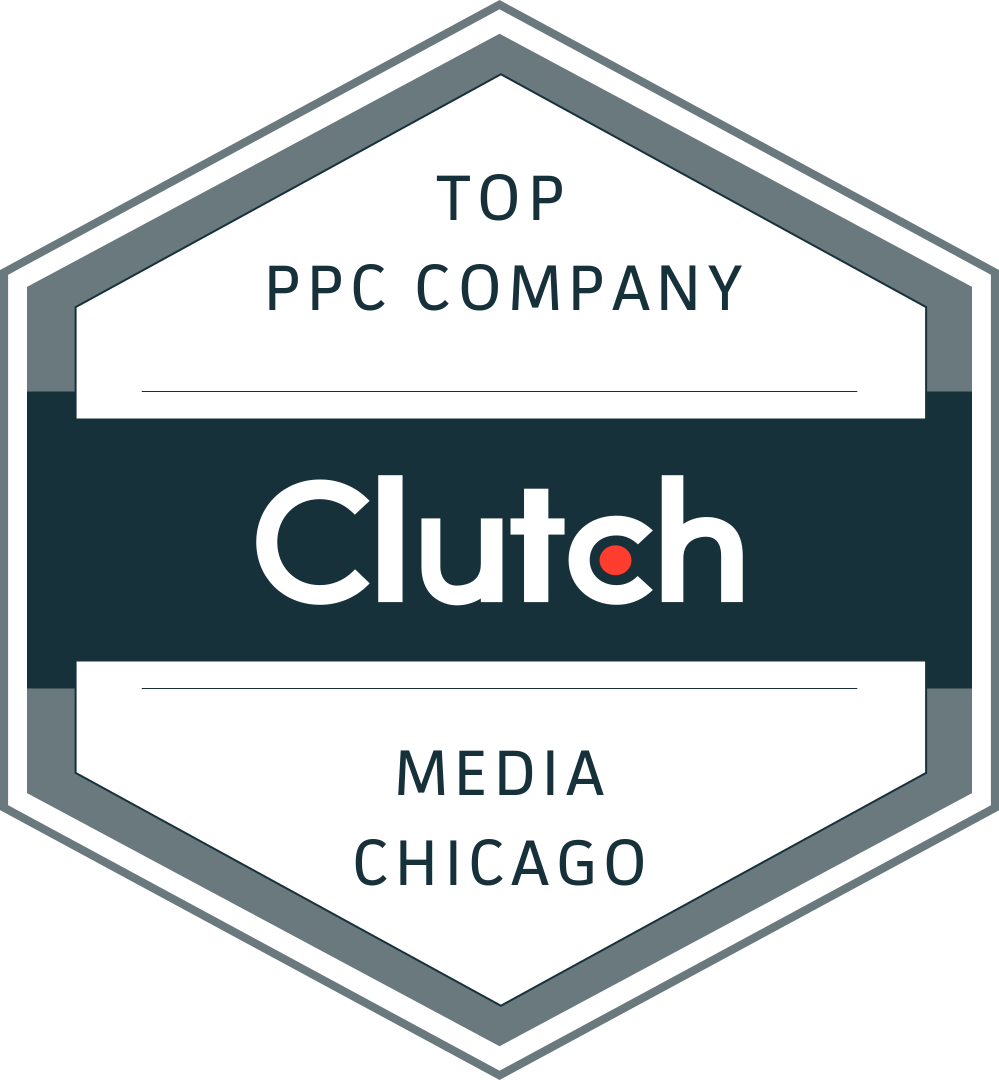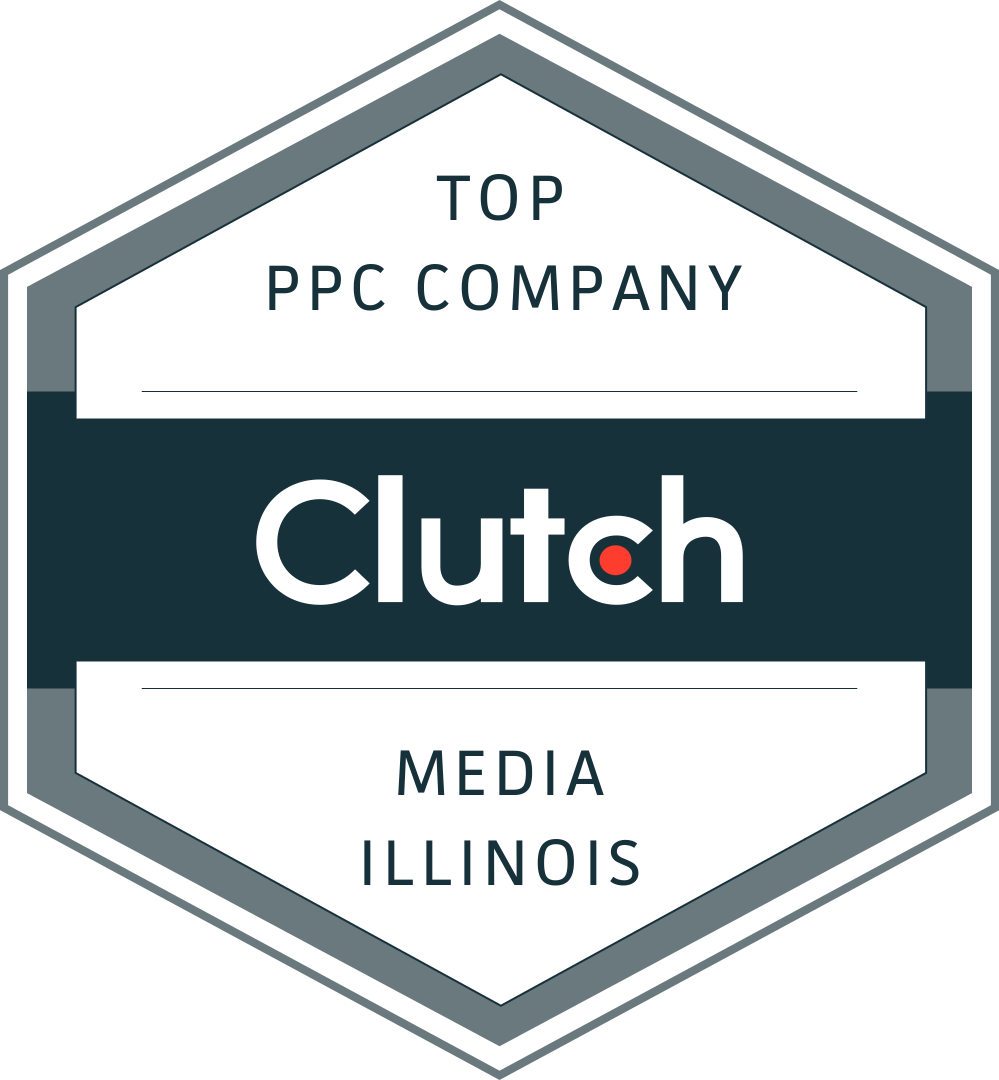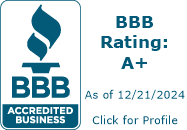UPDATE: I ran a cold DM test across my followers. I DM’d 100 people in one night with the same basic message. 13 responded, 3 followed the call to action (and actually became cool conversations). It’s a small test, but with 13% response rate and a 3% conversion rate the trends tend to follow our original theories below!
Before there was Linked In, there was email. Before email, there was cold calling. Now? It seems like the world of Sales is ready for its next big frontier. Why? Let’s put it simply.
0.37%
Know what the number represents? The average conversion rate of a cold email on Linked In. To put that in perspective, it would take a sales executive 2,703 cold emails on Linked In before they got 10 sales. For the enterprising sales person, or CEO trying to get their startup off the ground, there’s a new, shiny toy to play with. It’s called Instagram.
Instagram DM (Direct Message) is the single biggest networking or business development opportunity of this decade. – Gary Vaynerchuk
But why is it that Instagram could be the next big Business Development tool for Sales Executives to use? It also might have to do with the fact that there are 800 million members on Instagram, and 80% of them follow at least one brand, meaning they’re willing to interact with businesses in a way other platforms just don’t provide.
How to build sales using instagram
The first thing to do is nail down who your target market is. The beauty of Instagram is the ability to dive down to exact location. If you’re running an event, or looking to expand your business in a given area, it’s super easy to search by hashtag (that relates to what you want to do), then filter down by location. Even easier – you can do it all from the search bar.
1. Search by keyword, industry, Or location (or all of the above)
Let’s say I wanted to search coffee shops in Tampa, Florida. Here’s what I would get.
2. Then swipe left or right
Easiest way to find top accounts that have to do with Tampa coffee shops is to go straight to the “Top” tab on the left. There you’ll have the current most popular coffee shops in Tampa. Nifty, huh? Even more nifty – you can also find all the addresses and contact info in the far right tab “Places”.
PRO TIP: the images under the location are photos other instagram users have taken at that spot. Check those instagram users to see if they’re micro influencers (have a following of 2k followers + ) and hit them up too. Most of those photos will have the coffee shop’s instagram page tagged in it. So once you find it, follow that link to the coffee shop’s page. Now you have not only a new contact, but 50 + people who you can use to help convince them to work with you.
3. Vet your new list of potential partners.
Obviously you’ll want to make sure you’re getting the most bang for your buck. How? Look at the follower count. Are they between 3k and 50k followers? Do they have significantly more followers than those they’re following? If so, sounds like a good partner. Just make sure you know how to work with these influencers.
4. Reach out, but be helpful!
Last but not least, no one likes spam, no matter the medium. If you’re going to network, try adding value to them first, before ever asking or selling them on your product. You’ll find if you focus on serving them first, they’re more likely to become happy customers.
So to sum up, Linked In is pretty dead for business development. Instagram offers a newer solution, with better results, and less wasted time.
Some questions to consider as you make your plan.
Tracking the right metrics is crucial to understand if your Instagram efforts are paying off. Here’s a breakdown of some key ones to focus on:
- Engagement: Likes, comments, shares, and saves on your posts are a good indicator of audience interest. Track these to figure out what content resonates best.
- Reach & Impressions: Reach measures how many unique accounts see your content, while impressions tell you the total times it’s displayed. This helps analyze how broadly your message is spreading.
- Website Clicks: Measure how much traffic you’re driving from Instagram to your online store or landing pages. This metric links your Instagram activity to actual sales.
- Conversion Rate: If you run ads or have shoppable posts, track how many people who interact with them actually make a purchase. This tells you how well you’re translating interest into sales.
Remember, focus on the metrics directly linked to your business goals!
It’s true, boosting your Instagram presence takes dedication! Here are a few strategies to manage it effectively:
- Content Calendars are your friends: Plan your posts in advance, including themes and formats. This provides structure and prevents daily scrambles for ideas.
- Batch Creation: Schedule time to shoot photos or create multiple pieces of content at once. This streamlines your production.
- Scheduling Tools: Programs like Hootsuite or Later let you schedule posts in advance, freeing up mental space for real-time engagement.
- Outsourcing (If budget allows): Consider getting help for specific tasks. A virtual assistant could handle community management, or you could hire a freelance photographer for product shots.
Yes, definitely! Regulated industries have strict guidelines about sharing information on social media. Here’s what to understand:
- Financial Services: Be careful about making promises of returns or giving overly specific investment advice. Regulatory bodies heavily scrutinize financial promotions.
- Healthcare: Patient privacy is paramount. You cannot share any identifying details about individual cases without express consent. It’s best to focus on general wellness tips and educational content.
- Always Research: Each regulatory body will have its own specific social media guidelines. Don’t get into trouble; familiarize yourself with the rules governing your industry before diving in!









